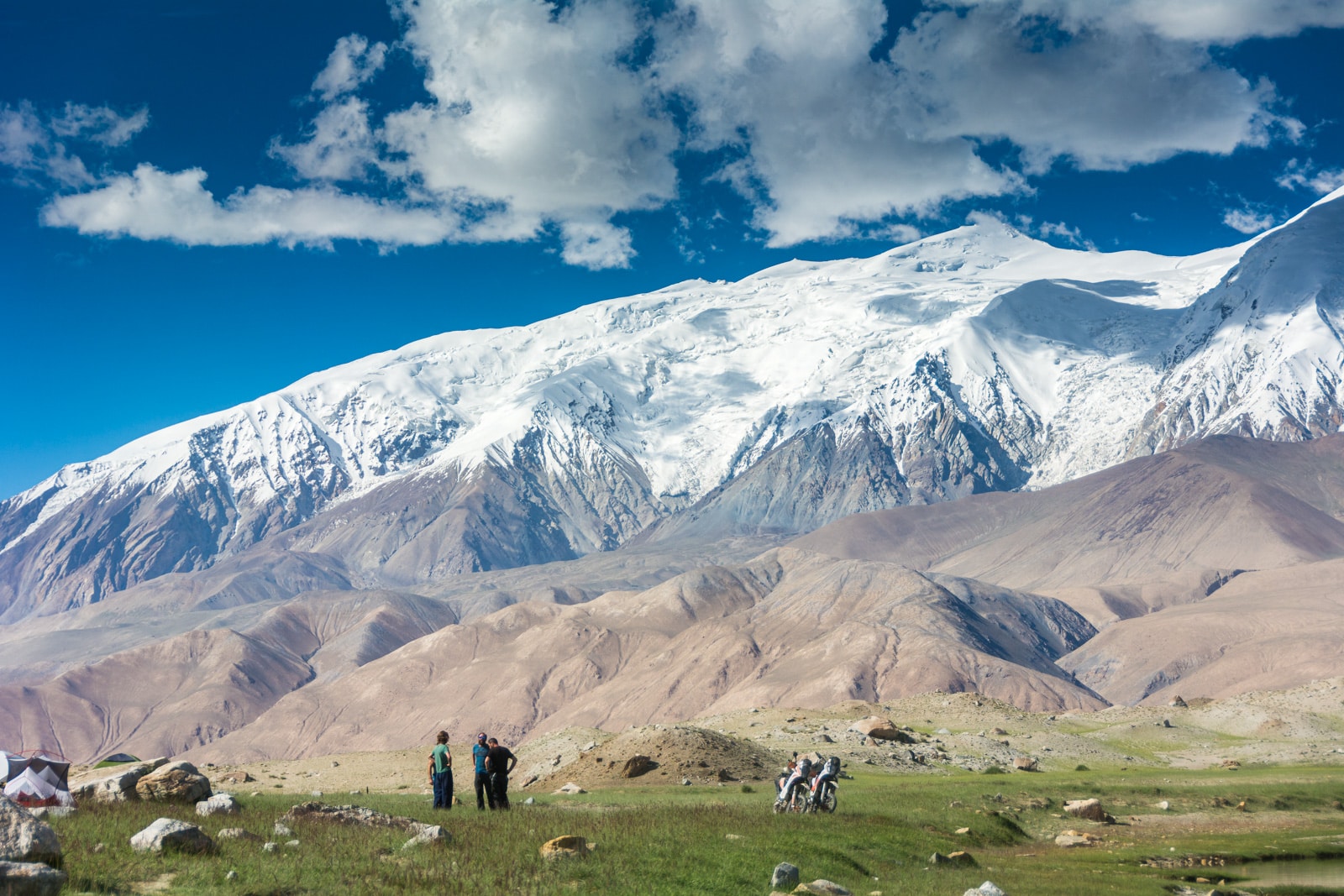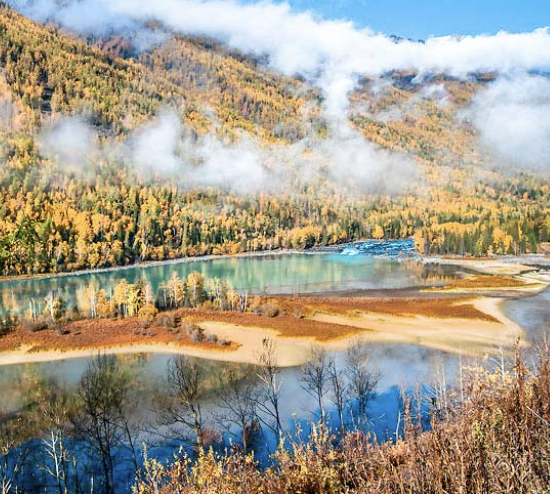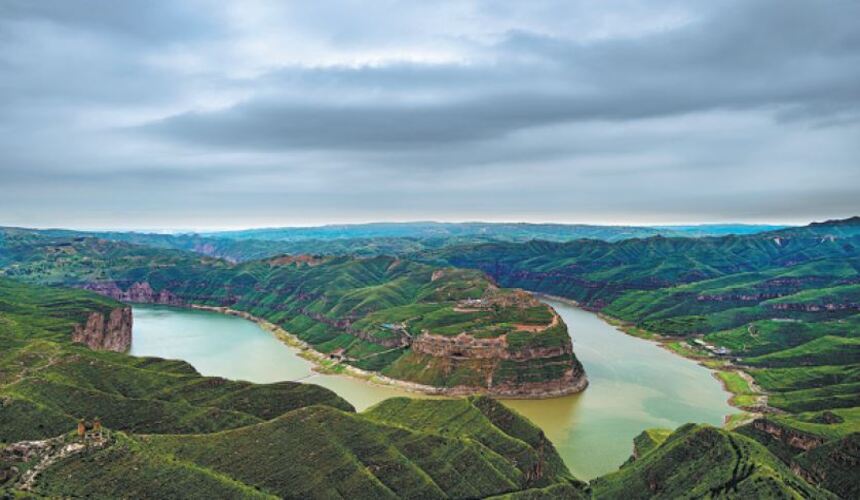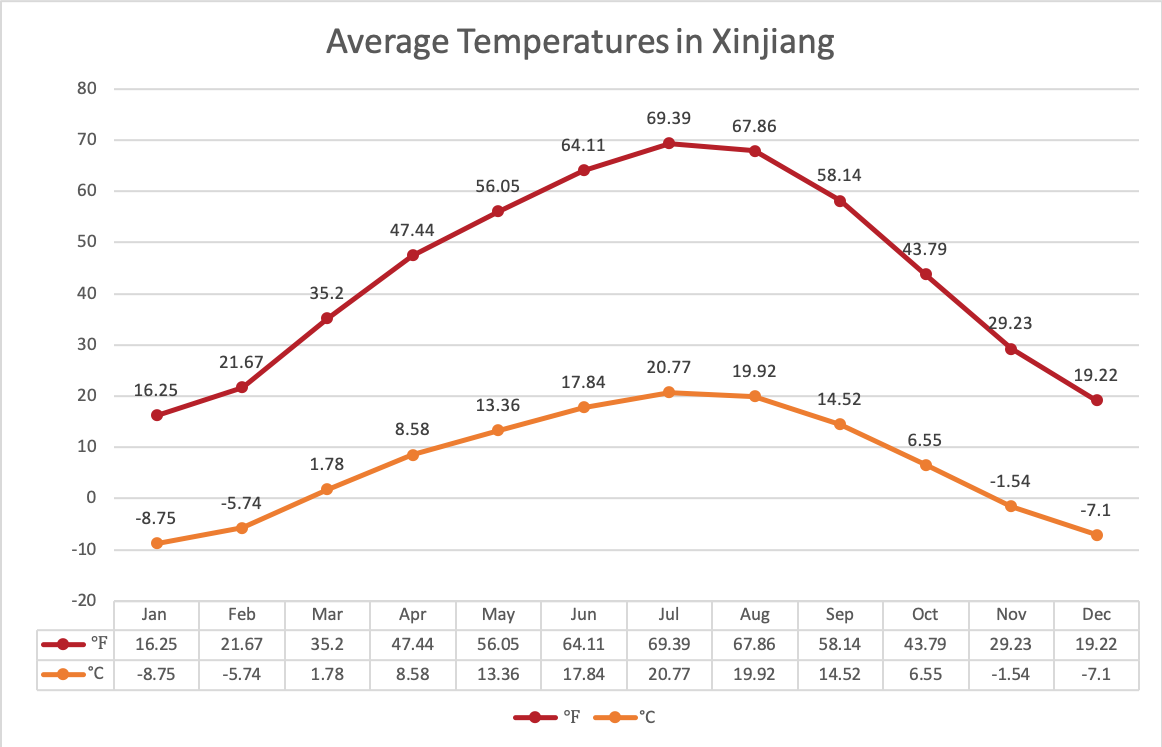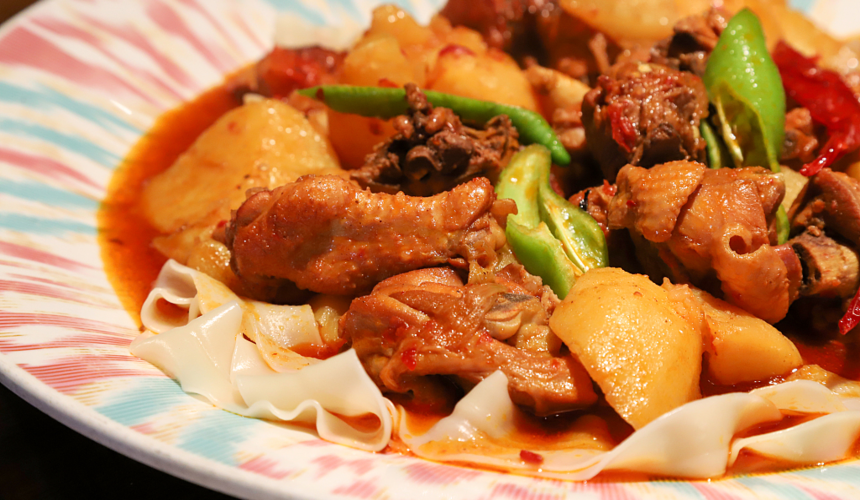A marvelous summer resort destination
Xinjiang is famous for its extraordinary natural beauty and fascinating Central Asian history and culture. In parts of the Silk Road oases of Kashgar, Hotan and Turpan, life goes as it has for centuries, based around the mosque, the tea house and the bazaar. It is separated by Mount Tian, north of it is Northern Xinjiang, south of Mount Tian is Southern Xinjiang. If you love natural scenery and don’t mind a time limit we would recommend Northern. If you are more interested in cultural experiences, Southern will be your best choice. If you have more than 2 weeks for travel, then you can enjoy all of scenery.
The best time to visit Xinjiang is from May to October when the weather is mild and comfortable. During this time, temperatures range from 15°C to 30°C (59°F to 86°F) and the days are generally sunny and dry. This is an excellent opportunity to discover the region’s breathtaking natural landscapes, such as the Tianshan Mountains and the Gobi Desert, as well as its vibrant and diverse culture.
For those interested in winter sports and activities, the optimal time to visit Xinjiang is from November to April. During this period, the region is blanketed in snow, and ski resorts in places such as the Altay Mountains and Nanshan Ski Village are open for business. Temperatures can be quite cold, ranging from -10°C to 10°C (14°F to 50°F).
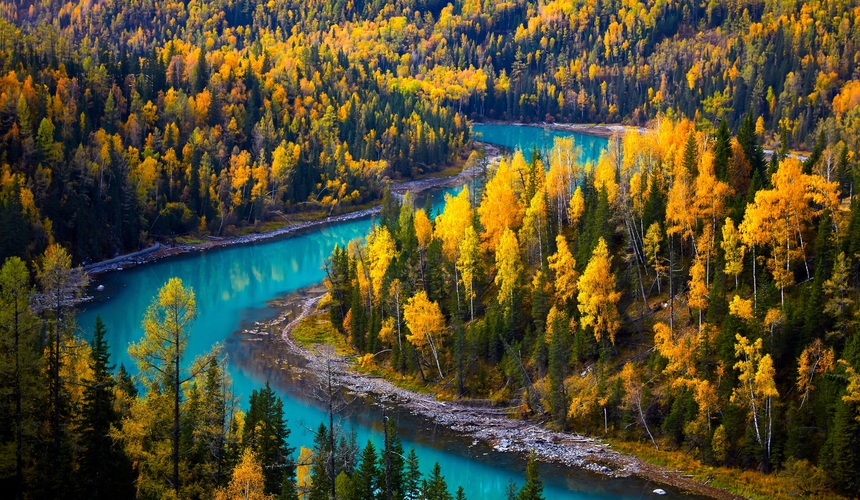
Kanas Scenery Spot
The view you see here is probably one of the most famous in all of Xinjiang. It doesn’t matter what season of the year, this bend in the river of Kanas Lake is a small piece of heaven on earth in northern Xinjiang. The magnificent glaciers set off the tranquil lake water, the vast grassland borders deep primeval forest, where primitive villages inhabited by Tuvans are scattered. It is all refreshingly natural. Kanas Lake and its surrounding snow-capped mountains, grasslands, and birch forests have made it known as ``paradise for photographers``.
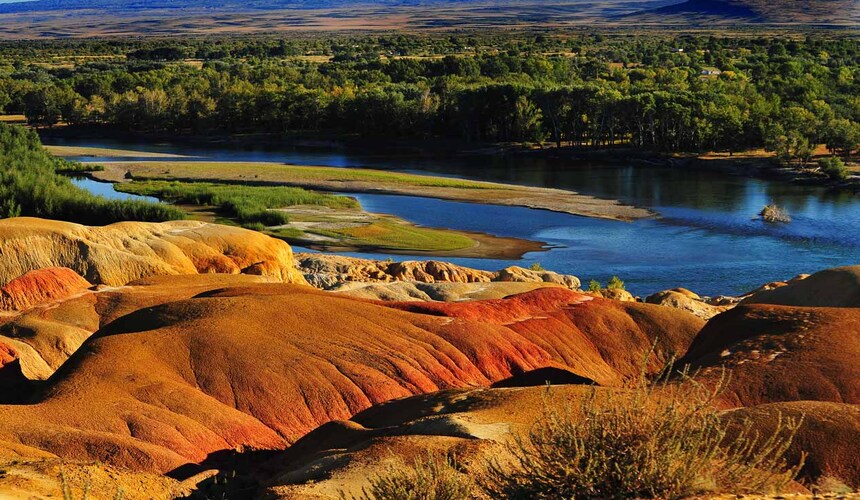
Five-colored Hills
The Five Colored Hills, sometimes referred to as “Rainbow Beach” is an amazing combination of color and landscape that comes alive at dawn and dusk. Wind-worn rock formations ranging from 5 to 25 meters in height line the bank of the only river whose waters reach the Arctic Ocean. Wooden pathways snake through the colorful arrangement to provide various angles for incredible photographic opportunities.
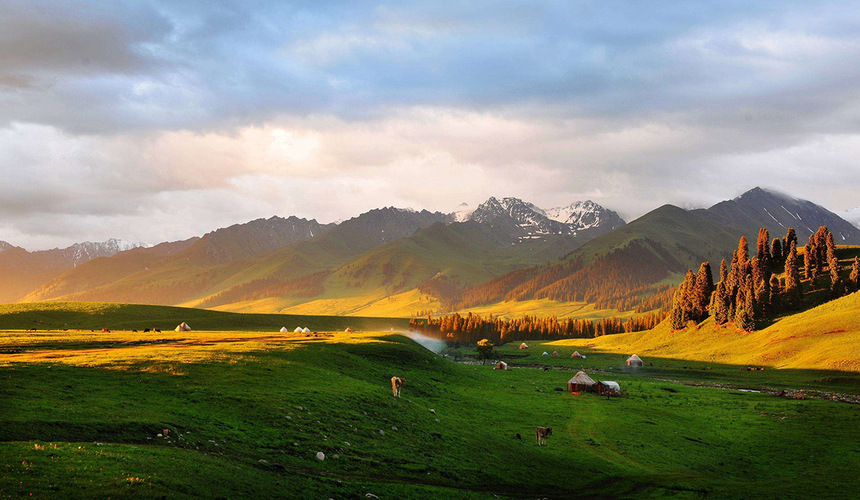
Nalati Scenic Area
Nalati Scenic Area is famous for its subalpine meadow landscape. The grasslands were formed by floods during the Tertiary Period and are surrounded by spectacular valleys, towering mountains, gorges, and forest. June is the best time to visit, when farmers bring their livestock and visitors can experience local life.
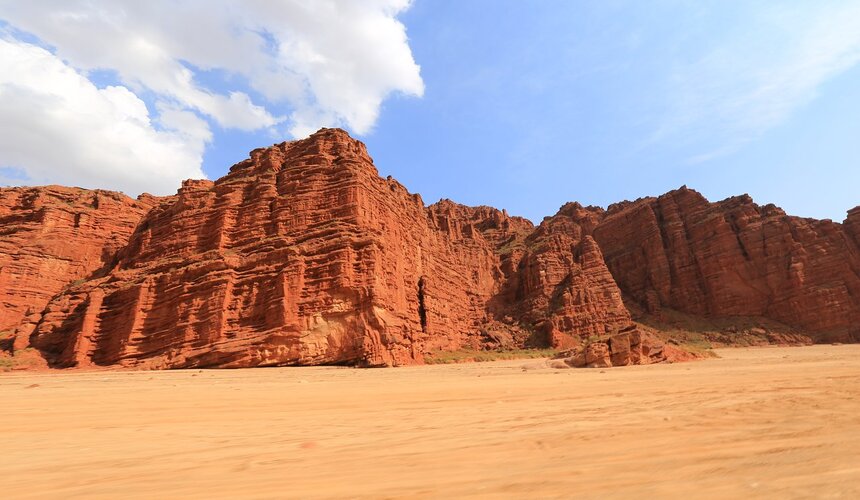
Grand Canyon
One of the most beautiful, little-known places to visit near Kuqa is the Xinjiang Grand Canyon, also known as the Keziliya Grand Canyon. These valleys stretch for about 5 kilometers at an average depth of 1500 meters.

Kunlun Mountains
The Kunlun Mountains are the range that runs the border between Xinjiang and Tibet. You will likely seeing this range if you ever have the chance to travel the Tibet-Xinjiang highway, the highest paved road in the world.
As the largest autonomous region in China, Xinjiang boasts substantial contingents of different ethnic groups and is well-known for its Central Asian flair. Xinjiang’s cities are predominantly inhabited by the Uyghur ethnic minority, as well as several other Muslim groups such as the Hui and Dongxiang people. As a result, the cuisine is predominantly halal, and there is a marked lack of pork compared to other parts of China. The use of seasonings like cumin, chilli powder, cinnamon, garlic, and saffron sets Xinjiang cuisine apart from other styles throughout China.
Must-try: Dapanji, Lamb Kawap or Chuanr, Polo, Laghman.
Air
Currently, Xinjiang has two international airports in operation, with over 10 new airports planned or under construction. Undoubtedly, Xinjiang has the largest number of civil aviation airports in China among all provinces. Urumqi Diwopu International Airport is the primary airport in Xinjiang and has the most flight routes to major tourist cities in China, such as Beijing, Shanghai, Xian, Guangzhou, Chengdu, and Xiamen, as well as international destinations.
Train
Xinjiang is accessible by train. The main railway connecting Xinjiang with other parts of China is the Lanzhou Urumqi High Speed Railway (Lanxin High Speed Railway), an upgraded version of the Lanzhou-Xinjiang Railway. The railway was opened at the end of 2014 and runs from Lanzhou (in Gansu) through Xining (in Qinghai), Gansu’s Zhangye, Jiayuguan, Dunhuang, and Turpan in Xinjiang, before finally arriving in Urumqi. Modern engineering has greatly improved travel times along the Silk Road by linking major sites.


